How Composite Wood is Changing the Construction Industry
In recent years, the demand for long-lasting and sustainable materials has caused a substantial upheaval in the building sector. Composite wood is one material that has risen to prominence in this change. This ground-breaking building material, made by mixing wood fibers or particles with a resin binder, provides several advantages that are changing how buildings are built. This blog article will examine how composite wood revolutionizes the building process and transforms the construction business.
The Rise of Composite Wood Materials
1. Solution for Sustainable Building
By using recycled wood fibers or agricultural byproducts, composite wood lessens the need for traditional solid wood, which can lead to deforestation. Like Indowud, it keeps the strength and adaptability of timber while assisting in resource conservation.
2. Improved Durability and Strength:
Composite wood and Indowud are stronger and more durable than regular wood. It is the perfect material for long-lasting construction projects due to its bending, rotting, and insect infestation resistance. Its resilience to extreme weather conditions, which over time, lowers maintenance costs, is a huge advantage.
3. Numerous Applications:
Applications for composite wood in buildings are numerous and varied. Indowud can be used in exterior and interior applications. The fact that it is used for decking, siding, fencing, and cladding demonstrates how well it can imitate the look of conventional wood while performing better. Applications include flooring, wall paneling, and cabinetry, where its dimensional stability is very useful.
4. Better Sustainability Ratings
Composite wood can help with LEED (Leadership in Energy and Environmental Design) certifications and sustainability ratings. Utilizing composite wood in construction projects can help a structure get green building certifications, encourage eco-friendly behavior, and raise its overall sustainability rating. Indowud is a green pro certified material.
5. Cost Effectiveness
Prices for indowud and wood composites are lower over the long run for construction projects because of their durability and common maintenance needs. By reducing waste and the need for frequent replacements, composite wood’s consistent quality, and availability also help to save costs.
6. Ease of Installation
Compared to traditional wood, composite wood is simpler to install due to its size, weight, and quality homogeneity. It can be molded, cut, and fixed with common tools and methods. Its simplicity of use may enable quicker construction procedures, lowering manpower costs and construction schedules.
7. Environmental Impact
Using composite wood and Indowud has a lower environmental impact. Its manufacturing method uses less energy and produces less greenhouse gas emissions than other building materials. The ability of composite wood to be recycled and used again lessens its environmental impact.
With ongoing research and development in composite wood technology, improvements in moisture resistance, fire-resistant coatings, and breakthroughs in environmentally friendly resin binders are all big breakthroughs for future innovations.
It is time to investigate and embrace the potential of composite wood in building projects, encouraging more environmentally friendly and long-lasting building techniques. Composite lumber is revolutionizing construction with its transforming qualities, paving the way for a more durable and environmentally friendly future.







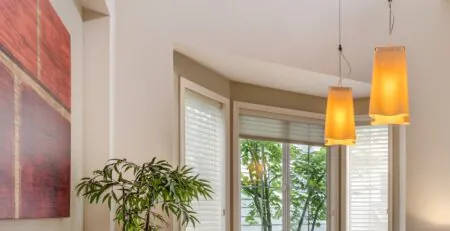
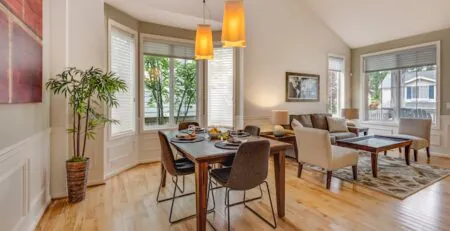
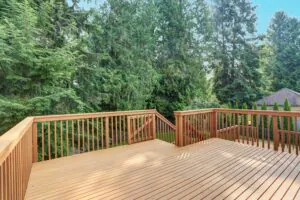
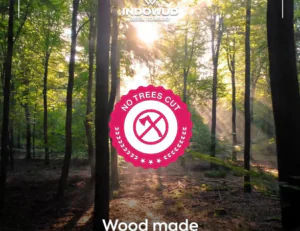
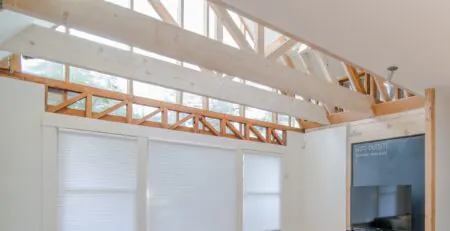
Leave a Reply